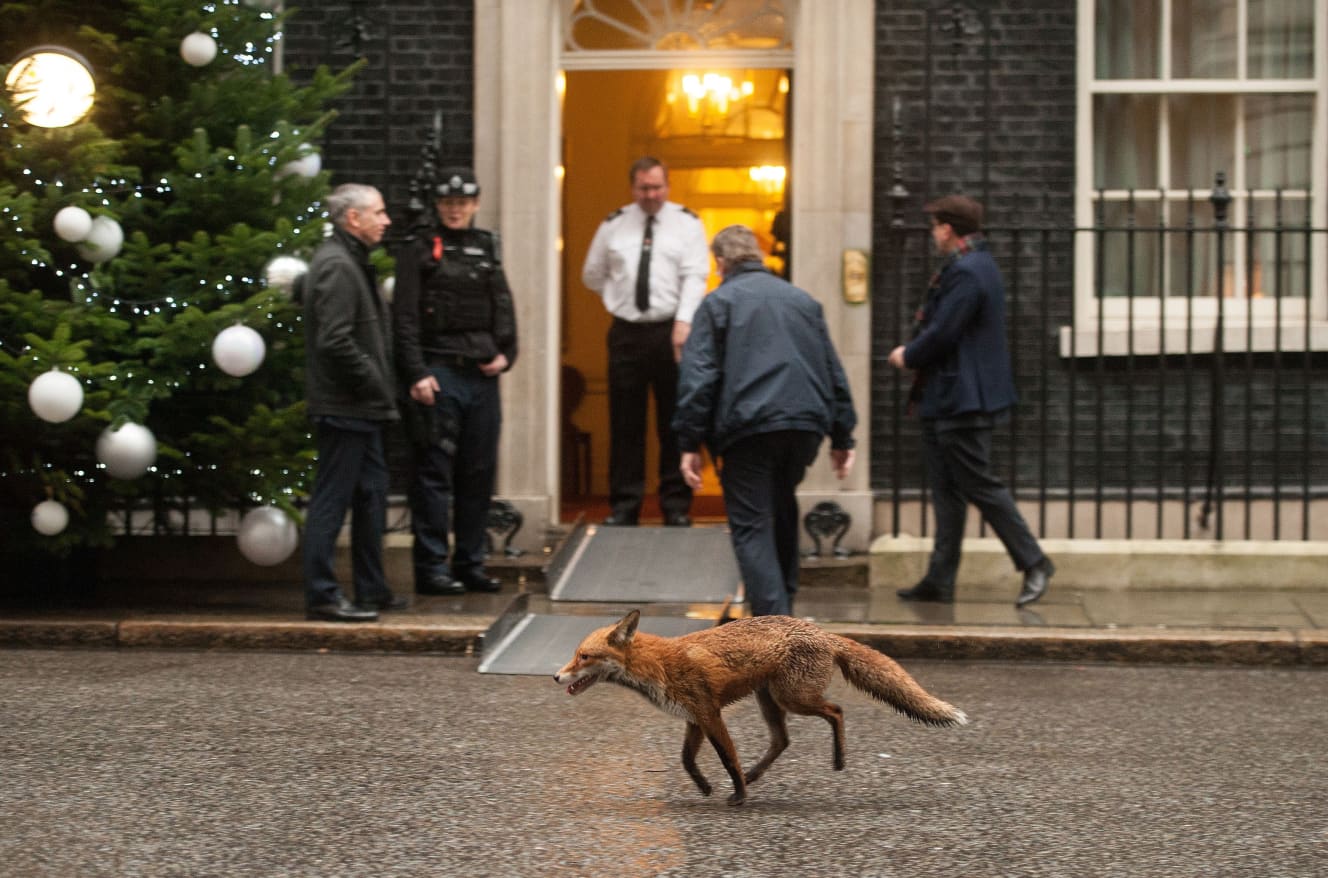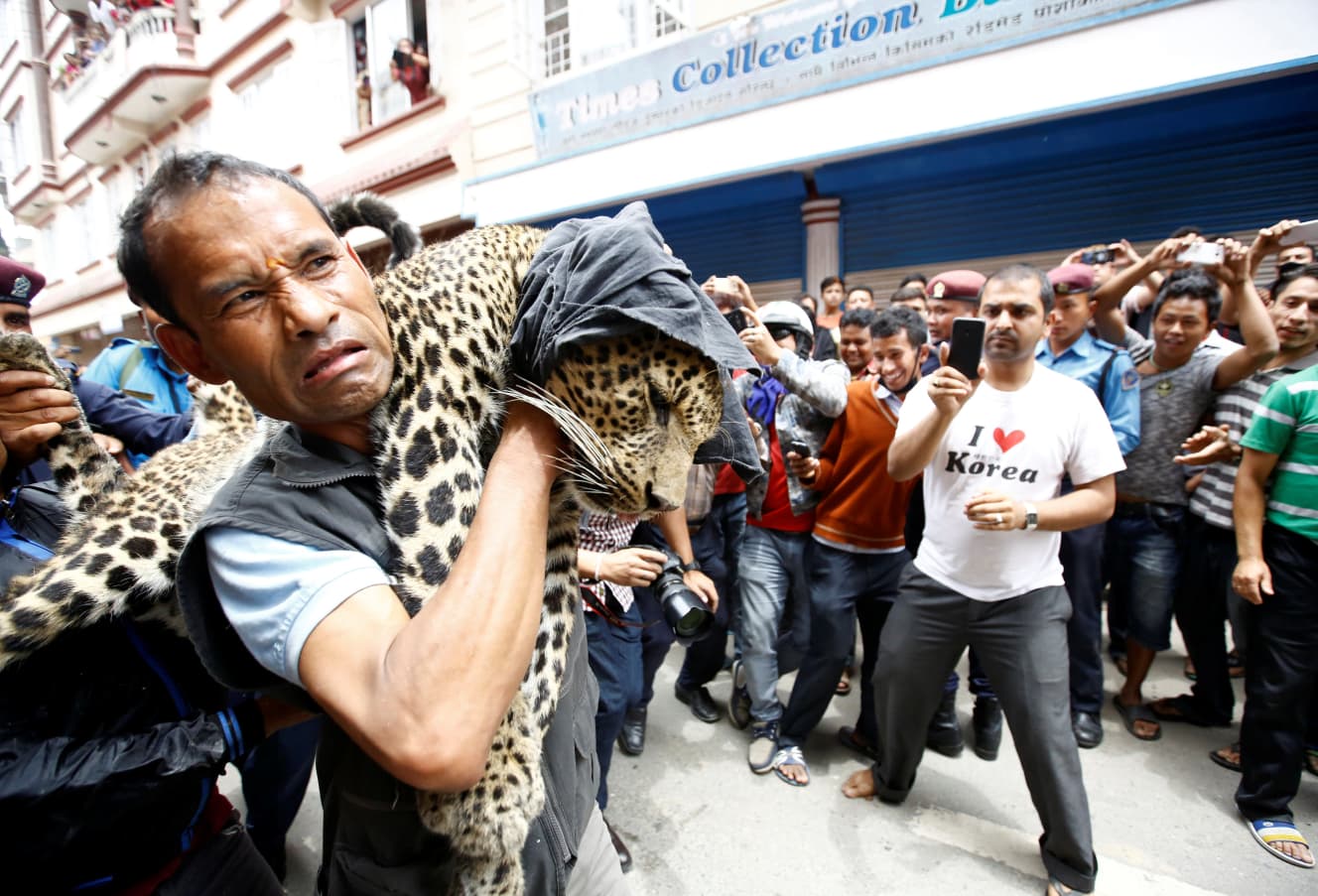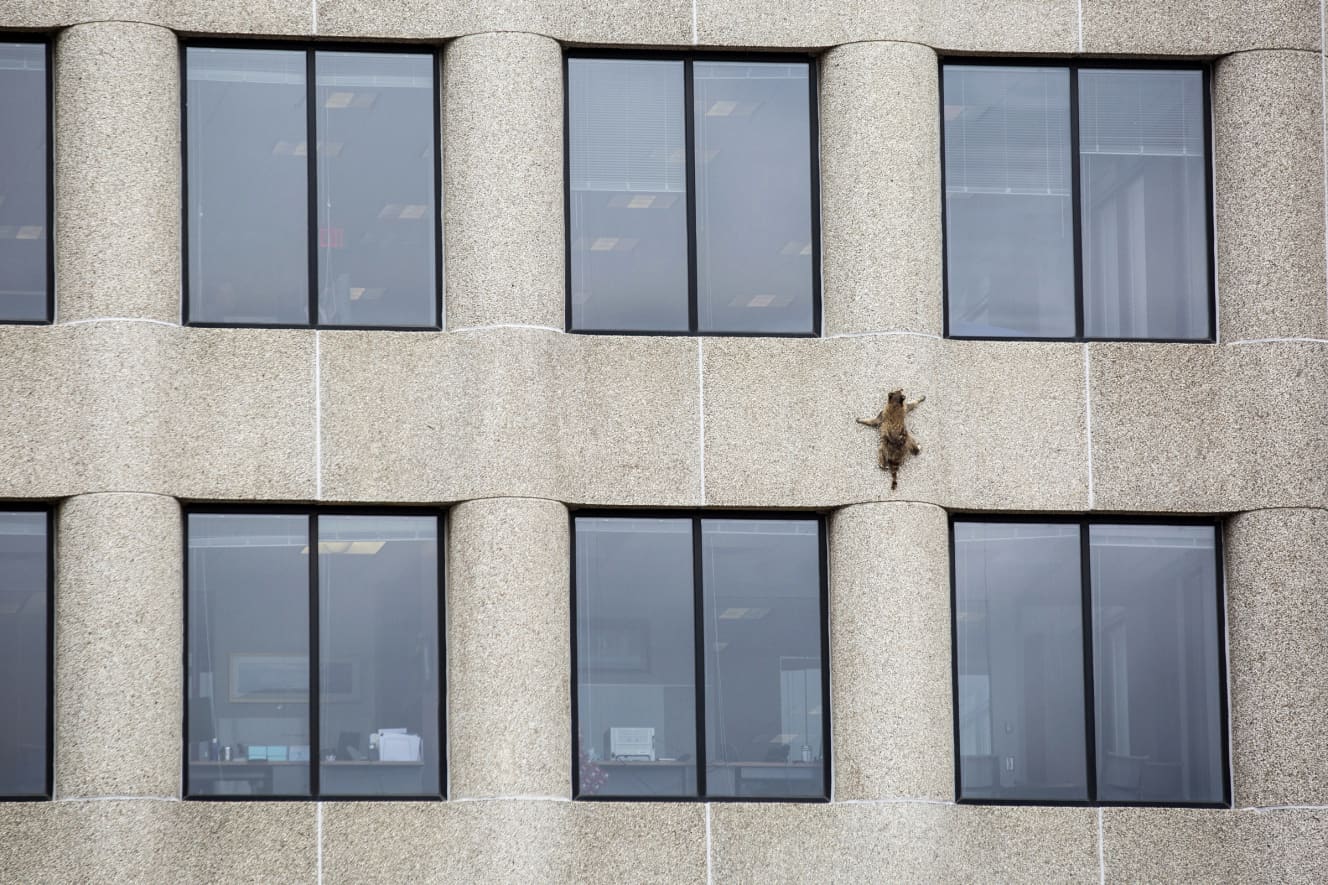Nagoya and foxes… It is no longer easy to catch all the “animals in the city”… Then, is there no other way but to coexist?
A raccoon dog invaded my garden and tore down my screen door. A raccoon ate the carp in my pond. Recently, I often hear such stories around me. When I walk at night, I often see civets. Is it just me or does the number of wild animals in the city seem to have suddenly increased? We asked Takafumi Tatewaki, Associate Professor of the Department of Field Ecology, Faculty of Environmental Science, University of Human Environments, about the actual situation.

Deer and brown bears in Sapporo, wild boars in Kobe, raccoons and nutria…
What other wild animals, besides wild dogs and cats, are currently living in Japan’s urban areas?
In the urban areas of Honshu, Shikoku, and Kyushu, raccoons, raccoon dogs, civets, and rodents are common. In addition to foxes, deer and brown bears have also been seen in Sapporo, Hokkaido. In addition, chestnut-bellied squirrels have been seen in Yokohama and Hamamatsu, nutria in Osaka, and wild boars in Kobe. In Nagoya, foxes have been seen in the vicinity of Nagoya Castle,” says Takafumi Tatewaki.
Once again, the lineup is astonishing, as if it were a zoo. Not only raccoons, deer, and brown bears, which have been in Japan for a long time, but also chestnut-bellied squirrels and nutria from outside Japan are on the increase! The foxes in Nagoya were a surprise, but it is said that they may have walked along the Shonai River from the mountains or come from the Chita Peninsula. Why has there been such a rapid increase?
Perhaps it is the result of a gradual increase that is now being felt more rapidly. Simply put, the number of individuals and their distribution area seem to have suddenly increased as the population recovers from a state of decrease.
In short, rather than a sudden increase due to some trigger, it seems that the rate of increase has been gradually accelerating. For example, raccoon dogs in urban areas disappeared once due to urban development, but those that were in mountainous areas have returned. Why did they come back?
I think it is not because there is no more food in the mountains, but because there is food in urban areas. In the wild, raccoon dogs look for insects and nuts to eat, but they are omnivores, so they can also eat leftovers. In cities, a lot of garbage is thrown away regularly, so they can eat their fill. Once you know that, you might even want to live in a city (laughs).

There are also city people who were born in cities and live in cities, not having come down from the forests and mountains!
It seems that city-loving animals can be found all over the world….
In their native habitat, raccoons are found more in suburban and urban areas than in their natural environment. These animals are called “urban carnivores,” and there are also many foxes in the United Kingdom.

In addition, some urban animals are non-native species that have been imported for pets and fur and have become wild.
In Japan, raccoons, chestnut-bellied squirrels, and other non-native species are increasing within cities. I am afraid that alien species will destroy the ecosystem, and I think it would be better if they were not with us. Some people may feel that it is okay for them to be together in the city because it has nothing to do with the ecosystem, but animals don’t stay only in the city, do they?”

The reason why extermination is not progressing is because there is no “win-win” situation!
Raccoons and other species are legally designated as “specified invasive alien species” among invasive alien species and are subject to extermination. However, public health centers only take in wild dogs and cats, not non-native species. What is the status of extermination of alien species that are increasing in cities?
The situation of extermination of invasive alien species in Japan has not progressed sufficiently. I think the main reason for the lack of progress in extermination is the limited budget and the lack of a winning strategy. If it is a small area like an island, I can see a vision, but when it comes to the whole of Honshu, I think it is difficult to catch them with the current scale and mechanism of countermeasures.”

So, for the time being at least, we have no choice but to coexist with urban wildlife, including non-native species, but what exactly should we do about it?
First of all, I think it is important to monitor the situation so that there is no unintentional increase or decrease. The Ministry of the Environment and prefectural governments are recording the number of animals captured and surveying their habitats, but compared to deer and wild boars, which cause serious damage to agriculture, I feel that monitoring of animals living in urban areas has not progressed very much.
In Japan today, resources are being allocated to pressing issues such as the declining population and the new coronas, and the problems of wild animals tend to be put on the back burner.
Simply by keeping a record of reports of roadkill (individuals involved in traffic accidents), we should be able to understand the increase or decrease in the number of animals. If we can use this data to evaluate the effectiveness of extermination and find effective countermeasures, I think we will be able to find a better way to deal with animals in cities.
There are many issues to be addressed in coexisting with wild animals, but it is important not to feed or touch them unnecessarily, even if you think they are cute, and it is also important not to give them anything extra that is different from their natural lives.
Takafumi Tatewaki is an associate professor in the Department of Field Ecology, Faculty of Environmental Science, University of Human Environments. His research aims at the coexistence of humans and wildlife, and includes elucidating the basic ecology of wild mammals (e.g., feeding habits) and developing methods for monitoring populations of wild mammals.
Interview and text by: Ide Chimasa PHOTO: Afro